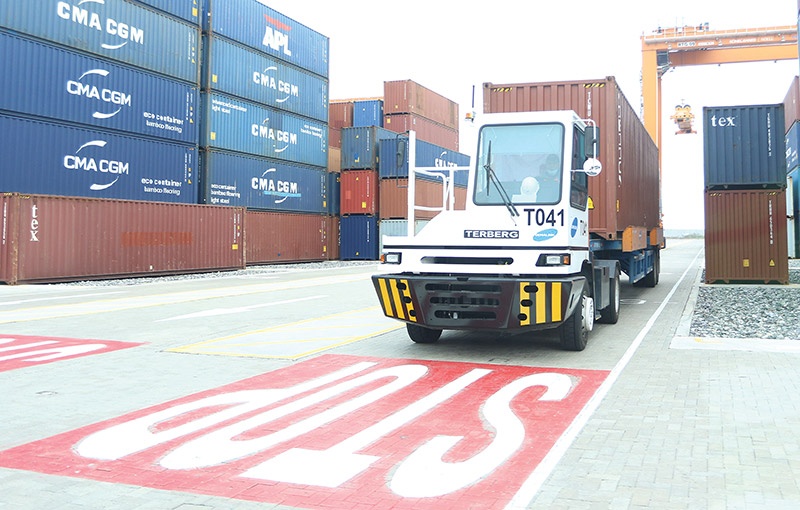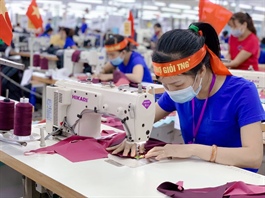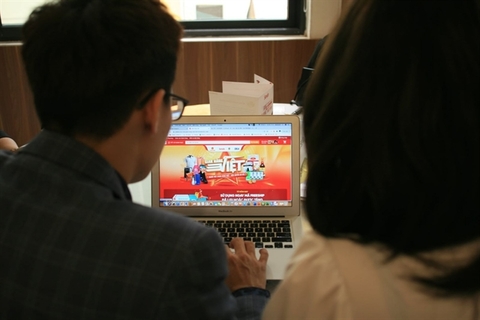Reset required for supply chain woes
Reset required for supply chain woes
Supply chain disruption is damaging the progress of everything from mergers in Asia-Pacific to solar installations in some of the richest countries in the world. With that, stronger solutions are being sought for supply chain diversification.

Demonstrating the wide reach that geopolitical tensions and the drag from global supply chain disruptions are causing worldwide, lowered prospects for mergers and acquisitions (M&As) in Asia-Pacific are being projected for the rest of the year, after the number of such deals fell in the first several months of 2022.
A total of 123 finance sector M&A deals were reported in the January-to-March quarter, compared with 165 in the same period of last year, S&P Global Market Intelligence data shows. The ongoing conflict in Ukraine, supply chain bottlenecks, and inflation concerns slowed down deal-making in the first quarter.
“We expect to see deals start and stop as companies try to time when best to take the plunge,” said Sophie Mathur, partner and Asia head of corporate at law firm Linklaters. Despite the emerging opportunities, businesses will find themselves questioning the market timing as the strongest headwind will be market volatility, Mathur said.
The situation in Ukraine has dragged on for much longer than most analysts initially expected. In addition, the ongoing pandemic has forced lockdowns in Shanghai and Beijing, with knock-on effects on the world’s second-biggest economy and on global supply chains.
Sanctions on Russia may have an indirect impact on businesses in Asia-Pacific that are much harder to discern, said Mark Uhrynuk, partner at law firm Mayer Brown. “While this may not prevent deals from getting done, it may extend deal timelines,” Uhrynuk said. “These are things that are not conducive to deal-making and could have a cooling effect on certain M&A and private equity activity.”
Elsewhere, even the US solar industry is warning of a big slowdown in project installations as global supply chain disruptions and threat of new tariffs on panel imports from Southeast Asia hit home.
Project delays of a year or more for several major companies are being blamed on the US Department of Commerce’s trade probe into alleged tariff dodging by Chinese panel makers, launched over a month ago, that could result in tariffs on solar panels from several Southeast Asian nations that account for about 80 per cent of imports into the US.
The investigation, which will not be completed for months, has brought uncertainty to the solar market because the tariffs could be implemented retroactively. More than 300 projects in the US alone are being cancelled or delayed, according to the Solar Energy Industries Association.
These concerns have added to an array of headaches for developers and investors worldwide that include surging costs for components, labour, and freight as the global economy recovers from the pandemic.
Readjusting ties
General supply chain diversification away from China has been the popular tactic over the past five years, but new variables are constantly changing the consistency of the process.
The US and some other Western countries have long been pushing for a business decoupling from China over fears of an over-reliance on the world’s second-largest economy, but it has proved impractical for many given its integral position in global supply chains. The Ukraine conflict may provide the latest driver, which may affect China-Europe relations, which have so far remained much more stable than China-US relations.
Liu Kaiming, founder of the Institute of Contemporary Observation and a supply chain specialist, said last week that China’s supply chain problems in March and April will lead to further price inflation for goods in Europe and the United States. This factor makes it “not necessarily good timing” to enhance supply chains in new locations or increase factories, suppliers and sources of raw materials. “Even brand giants are generally reluctant to switch suppliers unless they have to,” Liu added.
Shifting supply chains also raises questions over regulatory structures, customs requirements, the availability of other suppliers and logistics outside China.
Nevertheless, groups like Minnesota-based loudspeaker maker MISCO are exploring the possibility of working with other factories in Southeast Asia because of the 25 per cent import tariff imposed on goods from China by the previous US administration. The coronavirus delayed MISCO’s plans, but moving part of the operations away from China does not mean they have cut ties with the country.
“It’s primarily Chinese capital. Chinese owners just build factories across the border in Vietnam for an overall lower cost to increase production,” said CEO Dan Digre. “There’s development in the loudspeaker business in Vietnam, but a lot of components are still coming from China.”
The electronics and machinery sector, as well as the footwear sector, are prime examples of industries that have attempted to shift supply chains as they have significant capital and firms have been trying to relocate production to Southeast Asian countries since the start of the trade war.
However, China’s exports of mechanical and electrical products actually increased to $1.98 trillion last year from $1.46 trillion in 2018.
Cargo value generated by the China-Vietnam cross-border freight train services, meanwhile, has more than tripled since the beginning of the year. This highlights wider trade between China and Vietnam and a stable supply chain for Southeast Asia as well, further enriched by the implementation of the Regional Comprehensive Economic Partnership agreement.
The great reset
With enormous waiting times and shortages running head-first into mounting complaints among consumers, supply chain leaders are asking themselves if there is another way.
As a result, more organisations are restarting searches for a reliable, consistent alternative that is more predictable for long-term supply chain growth and planning.
“Until now, businesses have passed on some of the South Asian alternatives emerging as competitive alternatives like Vietnam due to cost and timing concerns,” explained Sean Francisco, CEO of Apex Logistics International. “Supply chain leaders are ready for a pragmatic approach to take them out of fire-fighting mode and to the other side of this pandemic.”
But according to Francisco, there is cause for some cautious optimism. “Business leaders spent a good portion of the pandemic vetting outsourcing alternatives for greater flexibility,” he said. “It’s made supply chain leaders realise that the new normal calls for supply chain diversification. In South Asia, Vietnam, Singapore, Malaysia, Indonesia, and the Philippines are alternatives worth considering.”
Richard Lord, vice president and Asia-Pacific sales director for Kinaxis Singapore, said that in Southeast Asia, it can now take 2-3 times longer to procure many raw materials and finished goods - and 10 times more supply chain planning effort - than it did pre-pandemic.
“It is apparent that the way we have always planned, and the technology used for decades, are no longer enough,” Lord wrote for Business Times in April.
Lord outlined the top five trends driving the future of the supply chain and what leaders can do now to be ready. The trends included supply chains increasingly becoming a board-level topic; the growing role of AI; the cascading effect from linked supply chains; the need to shrink the time between planning and execution; and sustainability becoming a business imperative.
“From the boardroom to the shop floor, the state of the supply chain is changing. Keeping pace with top supply chain trends can help pave the way to ongoing competitive advantage and future success,” Lord said.
“Many companies are turning to digital transformation as a way to reset how they plan, trading traditional processes and old technology for modern-day solutions and techniques. By undertaking this great reset, organisations in Asia will be perfectly positioned to address emerging trends.”




















